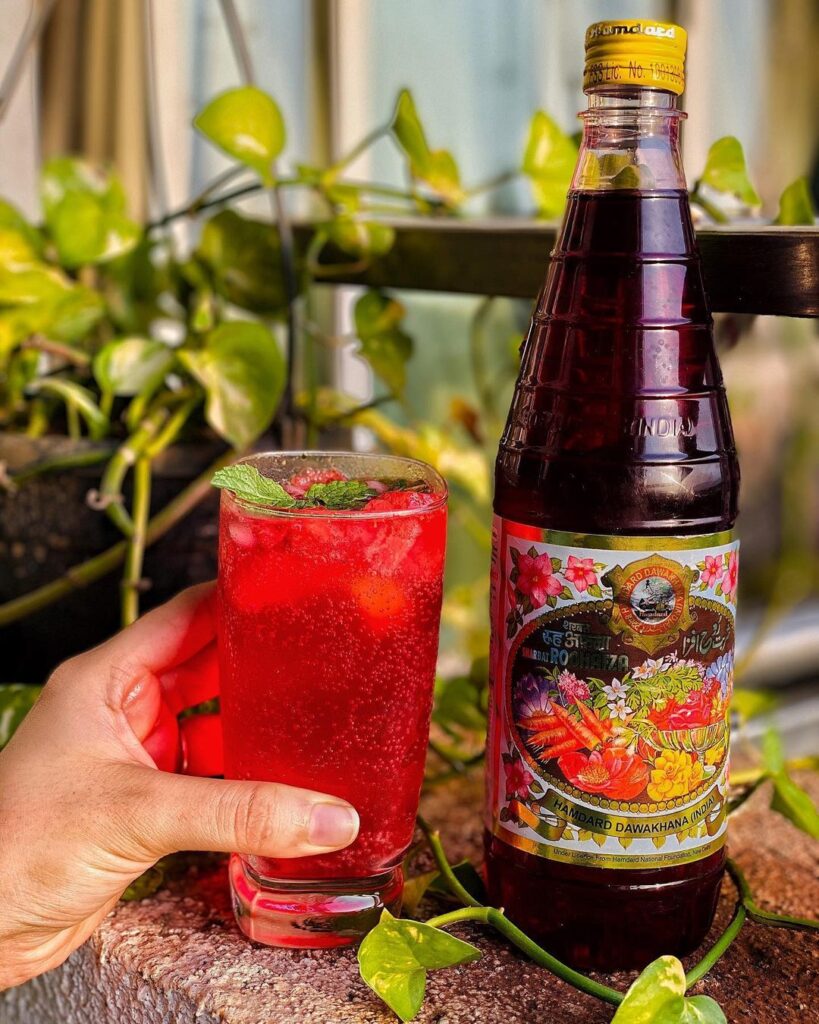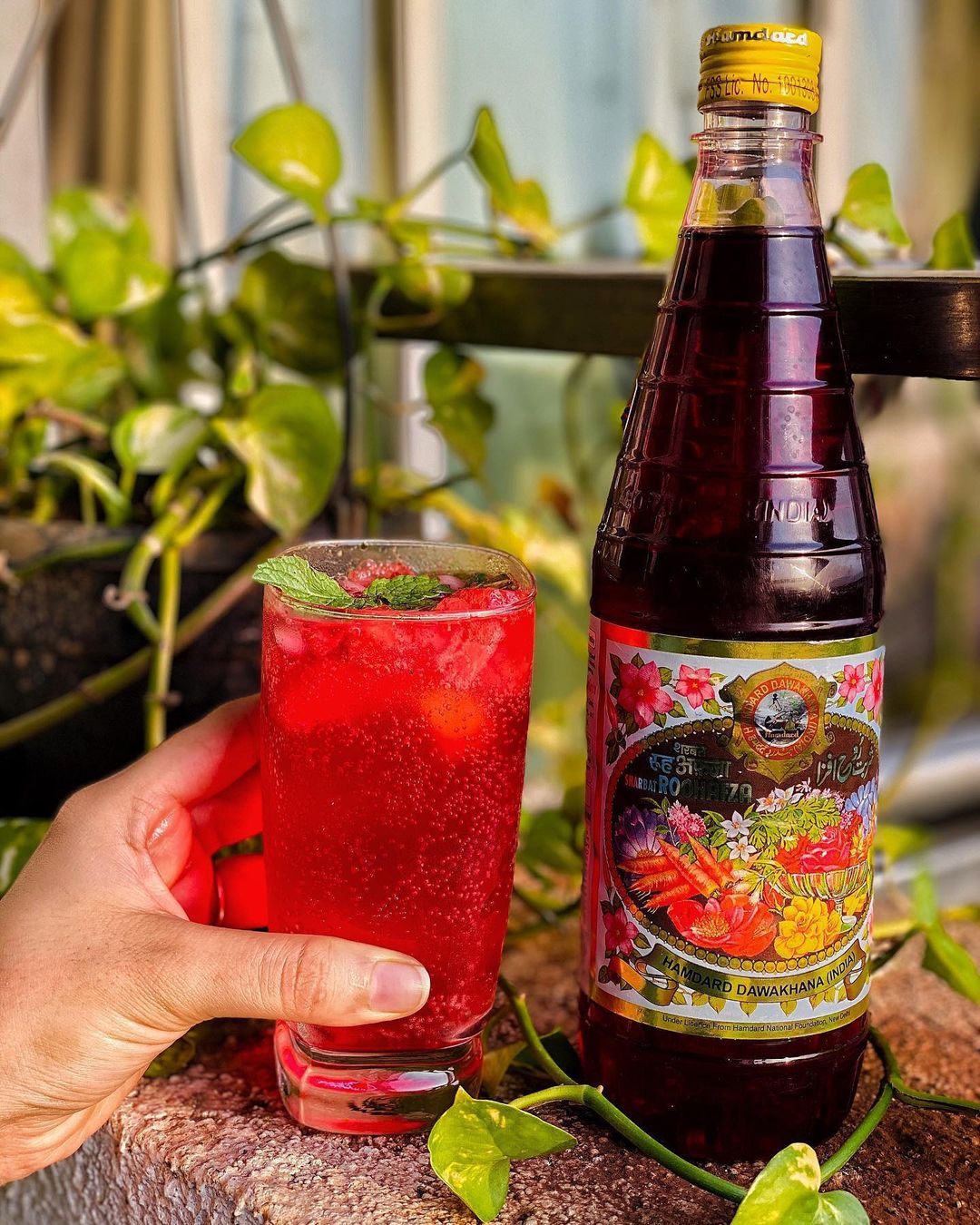In the age of Pepsi and Coke and other aerated drinks, the goodness of Rooh Afza stands unparalleled. Although many have attempted at making similar syrups over time, none has been able to imitate the efficacy and taste of this drink that has legacy spreading over a 100 years and many countries.
A Unani medicine practitioner, Hakeem Hamid Abdul Majeed started a tiny shop by the name of ‘Hamdard’ in 1906 in the lanes of what is now Old Delhi. In this very establishment, he formulated a medicinal drink to combat heat strokes and exhaustion caused by Delhi’s infamous summertime. This concoction of herbs, fruits, vegetables, roots, rose water and kevda, which is said to have cooling properties, was named Rooh Afza which literally means Soul Refresher. In no time it became the much loved sharbet of scorching summers.
The founder believed that the medicinal formulas should not be a secret so that it can be accessed by all, even the poor. For this reason, the recipe of this syrup is unpatented to this day.

Initially there was no uniform packaging and so the used bottles of wines were used to sell the syrup. It’s colourful label was designed by Mirza Noor Ahmed and printed by the Bolton Press of Bombay.
Abdul Majeed’s younger son moved to Pakistan after the partition which led to the splitting up of the Hamdard Laboratories. He established two branches- one in Karachi, Pakistan and the other in Dhaka, Bangladesh.
His elder son, Hakeem Abdul Hameed took over the management of Hamdard Laboratories in India after his father’s death and founded several non-profit institutions like Jamia Hamdard Deemed University in 1989. He was awarded Padma Shri and Padma Bhushan by the Government of India for his unparalleled contribution to society.
Having smoothly survived the era of fizzy carbonated drinks, Hamdard sells about 40 million bottles of Rooh Afza every year in India. It is registered as a ‘waqf’, which is a national welfare organisation and they transfer 85% of their profits to Hamdard National Foundation which works for development of hospitals, educational infrastructures, scholarships for the underprivileged etc.
No Ramzan Iftaar is complete without a glass or two of delicious Rooh Afza. Apart from the conventional way of presenting it with cold milk or water, it is also used as a topping in items like shakes, falooda, ice cream and lassis.




